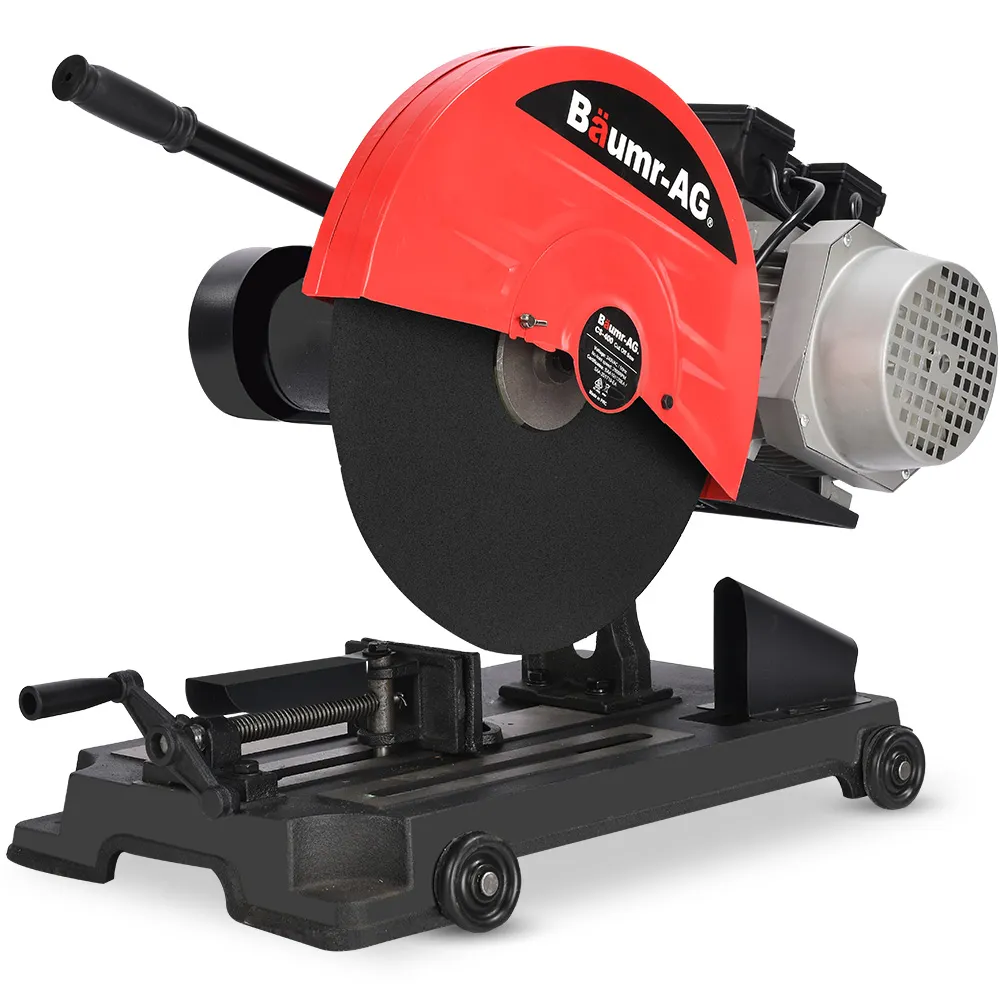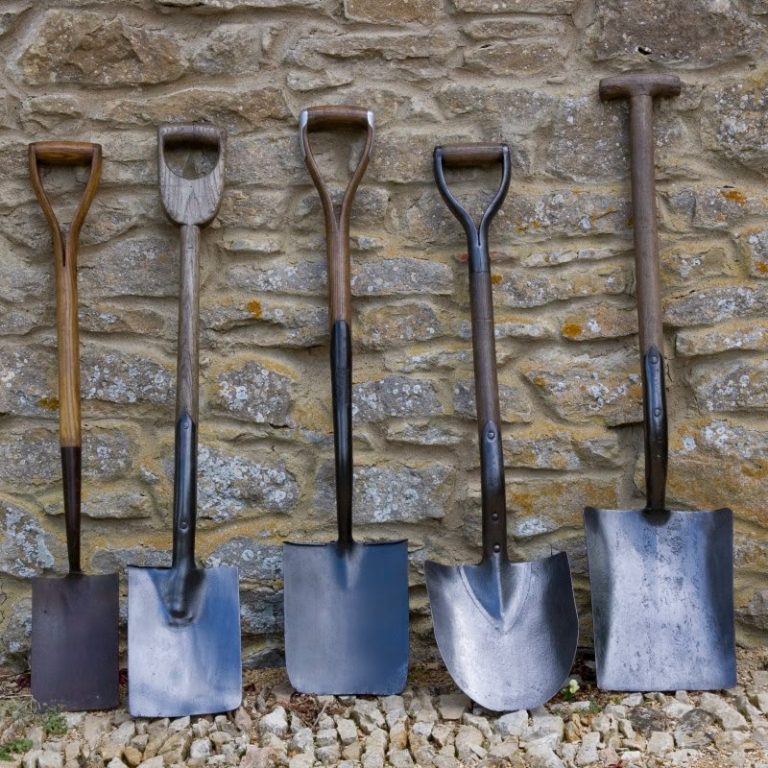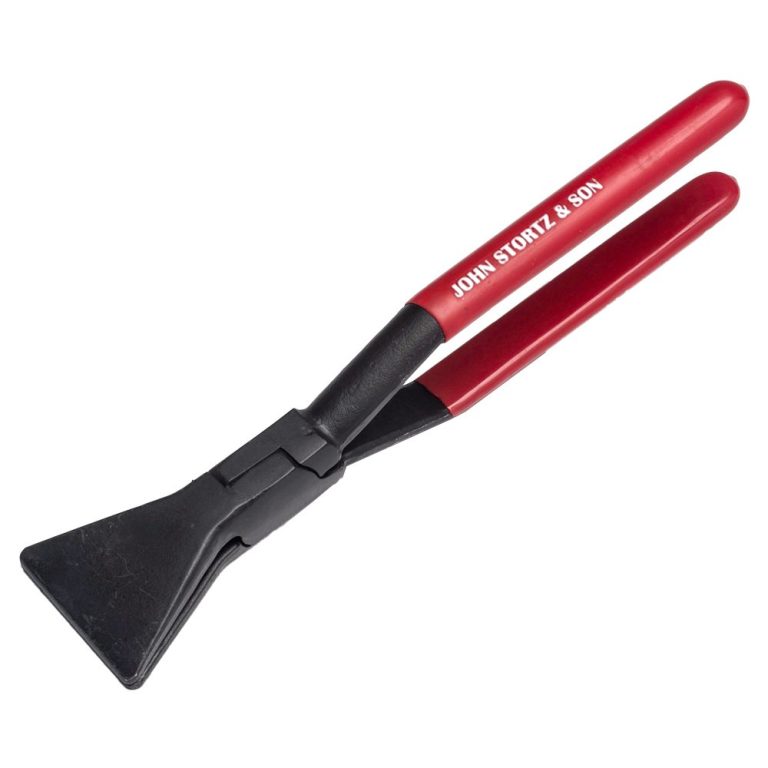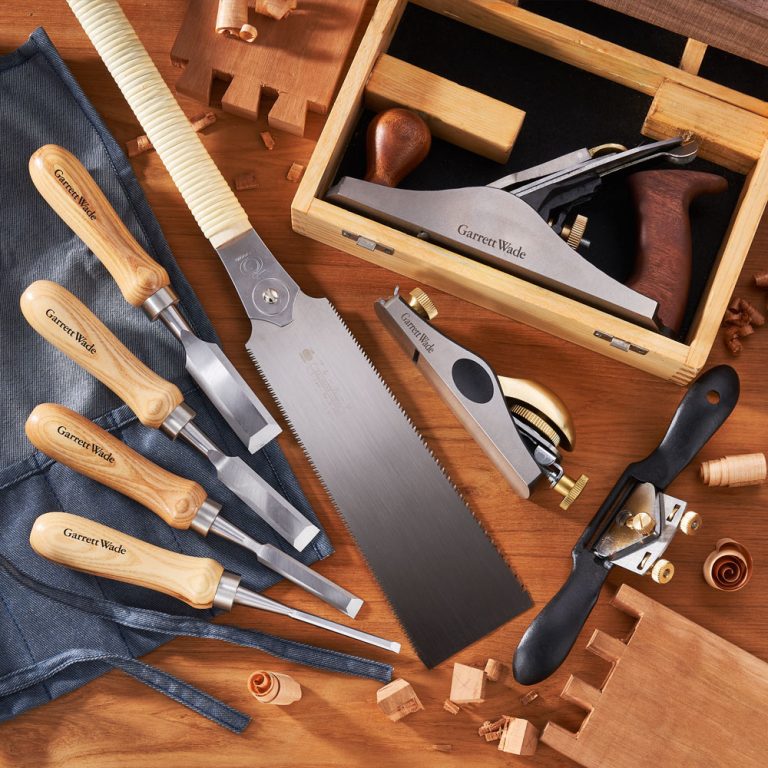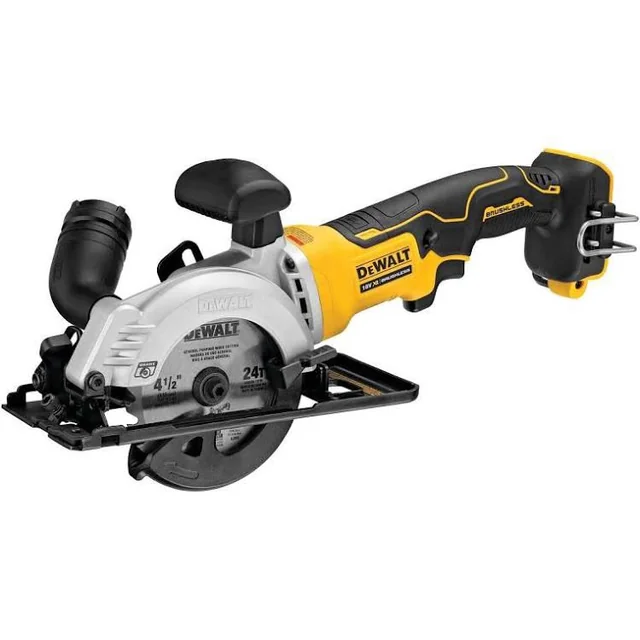Introduction to Metal Cutting Saws
Metal cutting saws are essential tools in various industries. They are designed to cut through different types of metal with precision and efficiency. These saws come in various types, each suited for specific tasks. Whether in a manufacturing plant or a metalworking shop, understanding the different saws used for metal cutting is crucial. This blog will explore the various types, benefits, and best practices associated with metal cutting saws. By the end of this discussion, readers will have a better understanding of how to choose and use these vital tools for their projects.
Types of Metal Cutting Saws
Various types of metal cutting saws are available in the market. Bandsaws are among the most popular choices for cutting metal. They consist of a continuous band of toothed metal. This design allows for long, straight cuts and intricate shapes. Another common type is the circular saw. Circular saws feature rotating blades that cut through metal quickly and efficiently. These saws are ideal for larger projects requiring straight cuts.
Jigsaws also play an essential role in metal cutting. These saws use a reciprocating blade to cut through metal sheets and other materials. Their versatility allows for curved cuts and intricate designs. Additionally, miter saws are designed for angled cuts. They are particularly useful for creating joints and frames. Lastly, plasma cutters are another option for cutting metal. These machines utilize a high-temperature plasma stream to sever even thick materials. Each type of metal cutting saw serves a unique purpose and offers specific advantages.
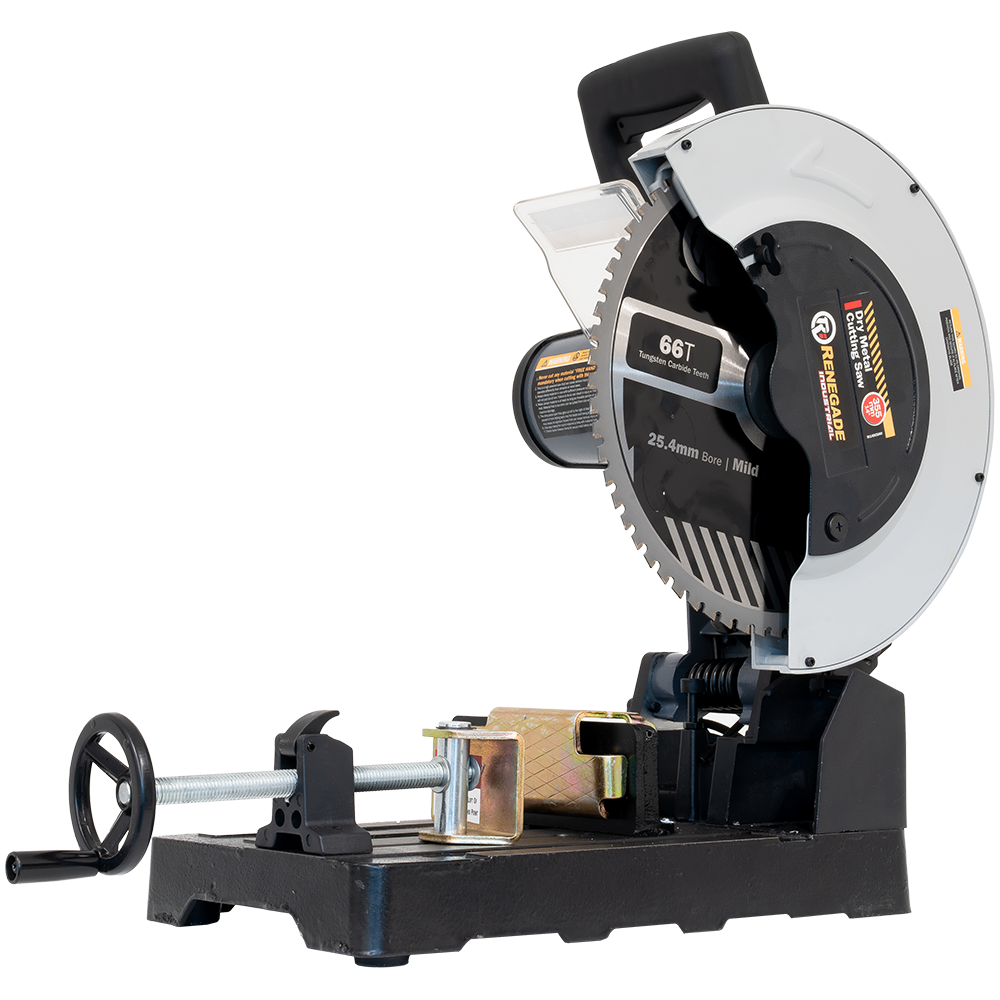
Benefits of Using Metal Cutting Saws
Using metal cutting saws offers numerous advantages. First, they provide precision and accuracy. These saws are engineered to make clean, straight cuts. This feature is crucial in ensuring the quality of the final product. Moreover, metal cutting saws enhance efficiency. They can cut through materials quickly, saving time in the production process. As a result, businesses can increase their output without sacrificing quality.
Another benefit is versatility. Metal cutting saws can handle various materials, including steel, aluminum, and copper. This adaptability makes them invaluable in many industries. Furthermore, many saws are portable, allowing for on-site cutting. This flexibility leads to reduced downtime and increased productivity. Lastly, metal cutting saws improve safety. Many modern saws come equipped with safety features to protect operators during use. Overall, these benefits contribute to the growing popularity of metal cutting saws in multiple applications.
Selecting the Right Metal Cutting Saw
Choosing the right metal cutting saw is crucial for project success. First, assess the material to be cut. Different saws are suited for various metals and thicknesses. For instance, a bandsaw is excellent for thick materials, while a jigsaw works well for thinner sheets. Next, consider the desired cut type. Straight cuts, curves, and angled cuts may require different saws. Understanding the specific requirements gives clarity during the selection process.
Another factor to consider is the power source. Some saws are electric, while others are pneumatic or hydraulic. Assessing the work environment will help determine the most suitable power source. Additionally, consider the size and weight of the saw. If portability is necessary, lighter saws are more beneficial. Finally, evaluate the price and brand reputation. Investing in quality tools can lead to better performance and durability over time. Thus, thorough research is essential when selecting the right saw for metal cutting.
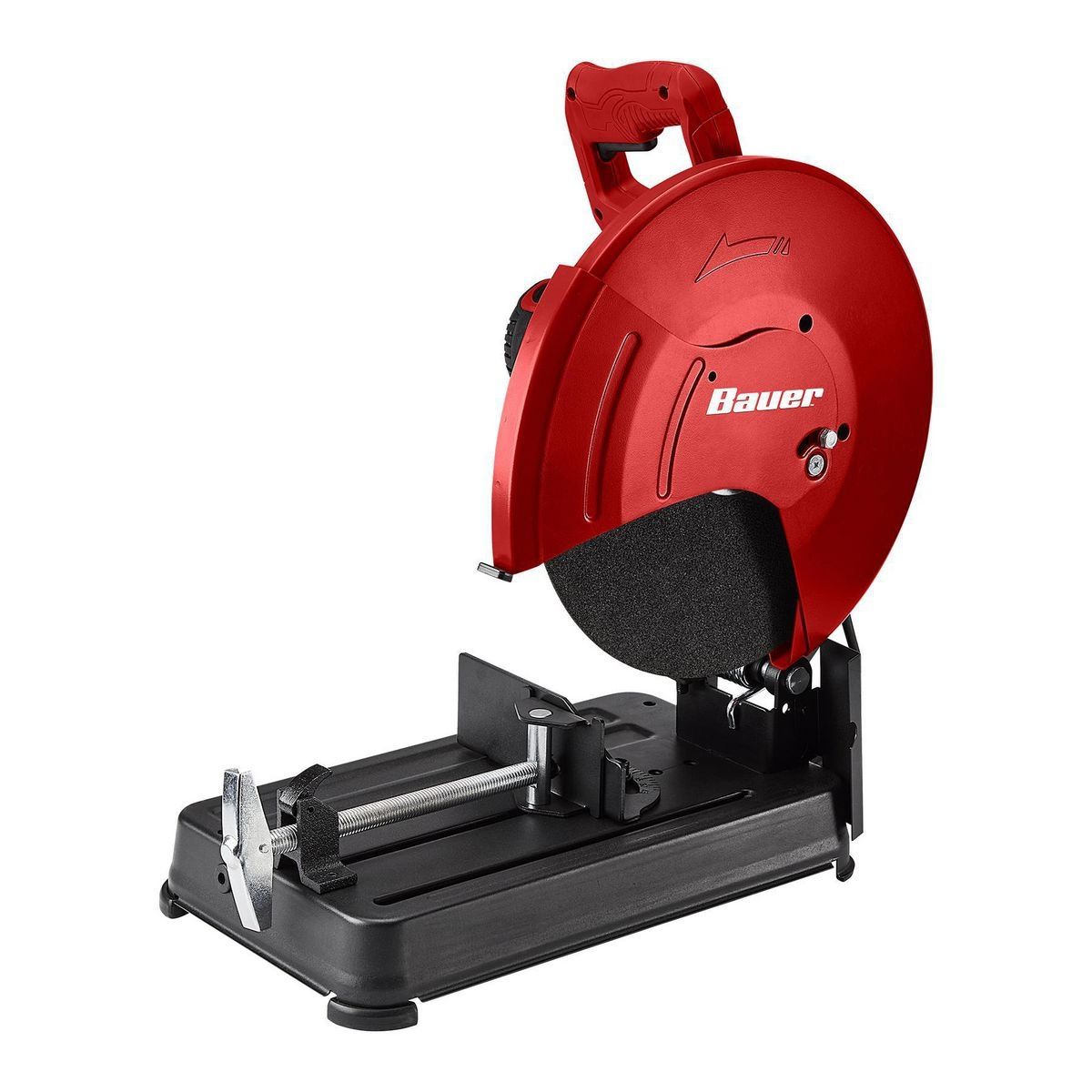
Safety Precautions When Using Metal Cutting Saws
Safety should always be a priority when using metal cutting saws. Wearing appropriate personal protective equipment (PPE) is essential. Common items include safety glasses, gloves, and ear protection. These items provide essential protection from flying debris, cuts, and loud noises. Furthermore, ensuring a clean workspace is critical. Clutter can lead to accidents and hinder efficiency during cutting tasks.
Before using any saw, it is vital to inspect the tool for damages. Check the blade, power cords, and safety features to ensure everything is functioning properly. Additionally, familiarize yourself with the saw’s operating instructions. Proper training helps prevent accidents and ensures safe usage. When operating the saw, maintaining focus is essential. Avoid distractions and keep hands at a safe distance from the cutting blade.
Always ensure proper ventilation in the workspace. Cutting metal can create dust and fumes, which can be hazardous. Adequate airflow helps minimize potential health risks. At the end of each task, clean and maintain the saw. Regular maintenance prolongs the tool’s life and maintains high performance. By following these safety precautions, individuals can maximize productivity while minimizing risks when using metal cutting saws.
Maintenance Tips for Metal Cutting Saws
Regular maintenance of metal cutting saws ensures optimal performance. First, inspect the blades often. Dull or damaged blades can lead to poor cuts and increased wear on the saw. Replace them as necessary to maintain cutting efficiency. Additionally, clean the saw after each use. Metal shavings and debris can affect performance and lead to rust, so they should be removed regularly.
Lubrication is another vital maintenance step. Regularly lubricate the moving parts to prevent friction and wear. Following the manufacturer’s guidelines will provide the best results. Moreover, check electrical components, including cords and switches. Damaged cables can pose safety hazards and should be addressed immediately. Furthermore, store the saw in a dry, cool place to prevent rusting or deterioration.
Always keep an inventory of replacement parts. Having extra blades and components on hand can minimize downtime during projects. Lastly, regularly review the manufacturer’s recommendations for maintenance schedules. Consistent care leads to longer life and improved performance of metal cutting saws. Overall, proactive maintenance plays a significant role in the longevity and efficiency of these powerful tools.
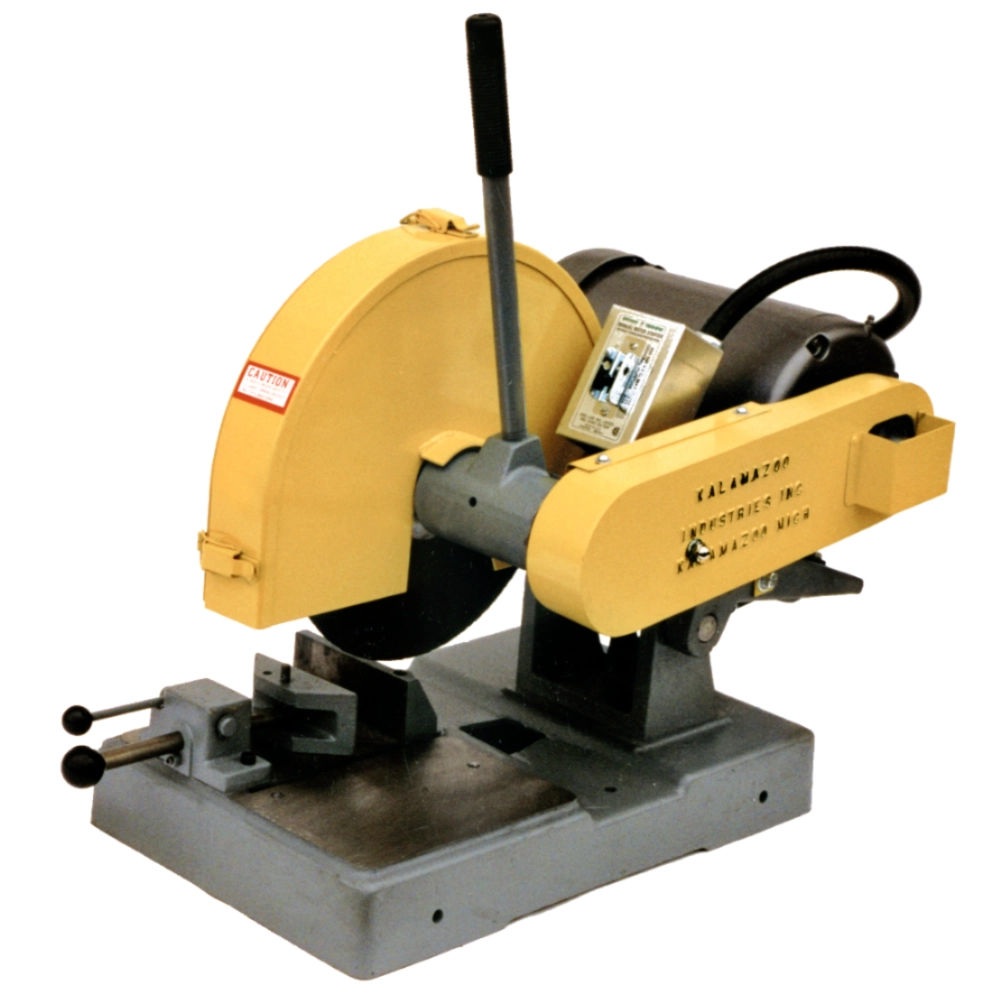
Applications of Metal Cutting Saw
Metal cutting saw find applications across diverse industries. In manufacturing, these saws are essential for crafting components and parts. From automotive to aerospace, precision cuts are critical. Saws ensure that parts fit together correctly, meeting strict specifications. In construction, metal cutting saws are used to fabricate structural components. Beams and columns often require precise cutting for proper installation.
Moreover, metalworking shops use these saws for custom projects. Craftsmen rely on metal cutting saws for sculptures, furniture, and artistic designs. Saws enable intricate cuts that enhance the aesthetic appeal of the final product. Additionally, HVAC industries utilize metal cutting saws to fabricate ducts and fittings. Accurate cuts contribute to system efficiency and overall performance.
The energy sector also benefits from metal cutting saws. These tools are integral in constructing pipelines and refineries. Precision cuts ensure the structural integrity of critical components. Furthermore, metal cutting saws play a vital role in recycling operations. They help dismantle metal structures for efficient recycling processes. As seen, these saws are indispensable tools across multiple sectors, proving their versatility and importance.
Innovations in Metal Cutting Technology
The field of metal cutting technology continues to evolve. Advances in technology lead to improved saw designs and capabilities. For instance, computer numerical control (CNC) technology revolutionizes metal cutting. CNC machines automate cutting processes, increasing precision and speed. They allow for complex patterns and shapes without the need for manual intervention.
Laser cutting technology is another innovative advancement. This process utilizes high-precision lasers to cut through metal sheets. It offers clean edges and minimal thermal distortion compared to traditional methods. Plasma cutting technology has also gained popularity. Plasma cutters deliver high-energy streams that can cut through thick metals quickly. These advancements cater to the growing demand for efficiency and precision in metal fabrication.
Moreover, improvements in blade materials enhance cutting performance. New alloys and coatings prolong blade life and reduce cutting friction. Additionally, ergonomic designs in saws improve operator comfort and reduce fatigue. This attention to user experience increases productivity and safety. As a result, innovations in metal cutting technology continue to shape the future of metalworking, offering an array of solutions to meet diverse needs.

Conclusion: The Future of Metal Cutting Saw
As industries evolve, so does the demand for advanced metal cutting saw. The future promises even greater innovations and improvements. Emerging technologies will continue to enhance cutting efficiency and precision. Adopting automation and artificial intelligence can streamline metal fabrication processes. These advancements will reduce human error and improve overall productivity.
Moreover, the shift towards sustainability is likely to influence metal cutting technologies. Creating energy-efficient saws and reducing waste will become priorities. Companies will seek environmentally friendly practices, improving their branding and profitability. The integration of smart technologies, like IoT (Internet of Things), can provide valuable data on tools and processes. This data will help optimize performance and maintenance schedules.
In conclusion, metal cutting saw will play a pivotal role in various industries. Their evolution will continue to meet the demands of modern manufacturing and fabrication. By understanding their capabilities and benefits, businesses can leverage these tools for success. As technology advances, the potential of metal cutting saws will remain immense, shaping the future of metalworking for decades to come.
